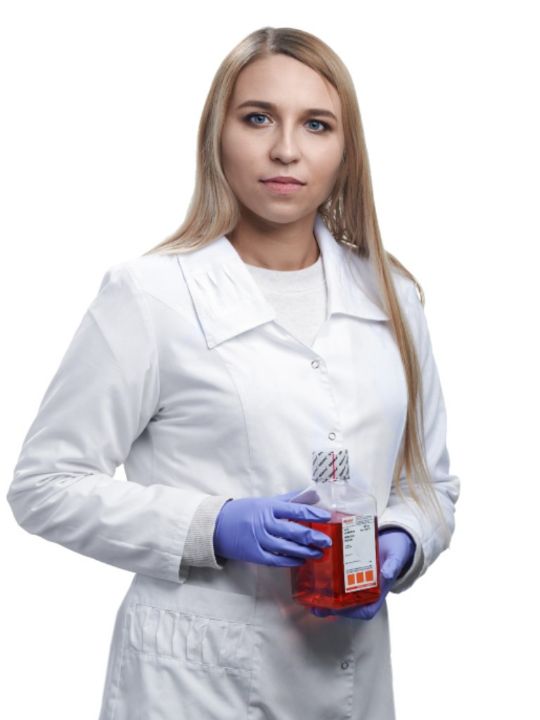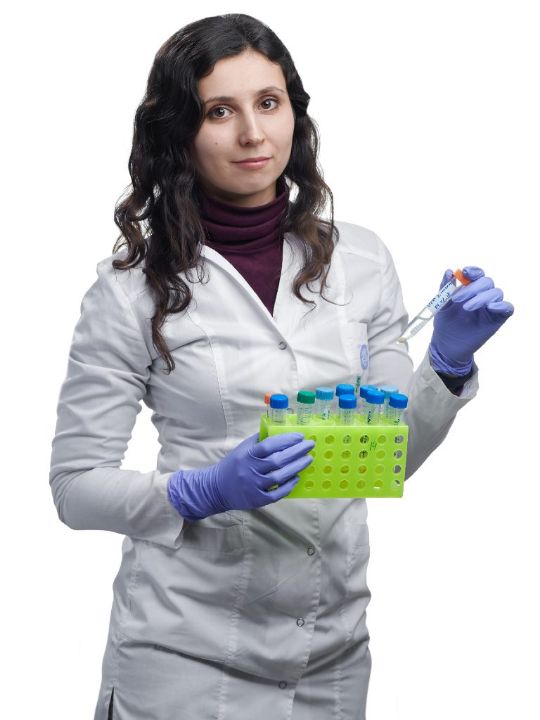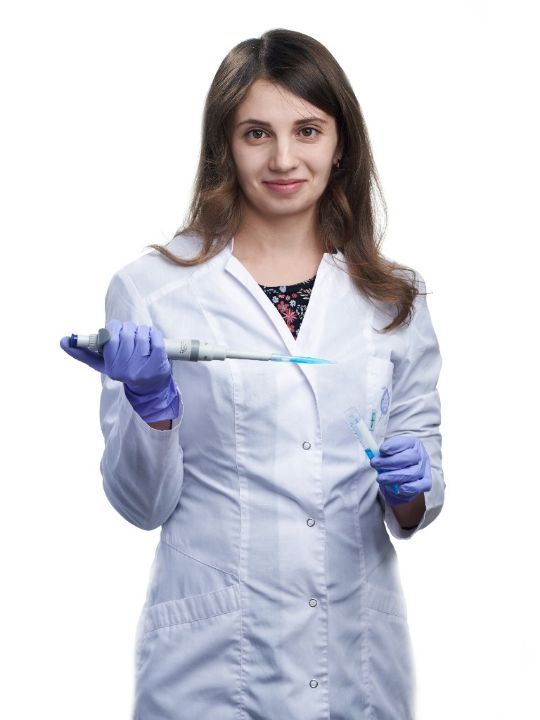We Solve medical tasks using working aptamers
Aptamer Selection, Characterization, 3D Structure Simulation And Target Identification
We will make mathematical analysis of your aptamers, just click the button
MATHEMATICAL ANALYSIS IS NEEDED
TO CHOOSE APTAMERS CONTAINING A G-QUARTET OR DETERMINE THE MOST PROBABLE ACTIVE site OF THE APTAMER
If you are interested in the presence of a G-quartet or the nucleotide sequence of the most likely active site of the aptamer, we can also determine this using mathematical analysis.
Such an analysis of the aptamer allows you to choose the functional part, so that in the synthesis you "cut off" everything unnecessary.
TO FOLLOW THE ENRICHMENT OF THE SEQUENCES OF OLIGONUCLEOTIDES FROM ROUND TO ROUND
If you are interested in how the enrichment of aptamer sequences occurred from the first to the final round, then you can do sequencing and mathematical analysis of all rounds of selection. This will provide more complete information about the potential specificity of the selected aptamers to the target.
TO CHOOSE APTAMERS FROM A LARGE DATA ARRAY
After applying the technology of high throughput sequencing, a large array of oligonucleotide sequences is obtained from which it is difficult to select the leading aptamers. Mathematical analysis or HT-SELEX allows us to identify aptamer families and evaluate the “fitness landscape”. This allows you to select the most promising sequences for their further optimization and validation.
STAGES OF MATHEMATICAL ANALYSIS
1
Quality control of sequencing results: deletion of readings that do not meet some quality criterion (Q20 or Q30).
2
Selecting chains corresponding to each specific index (when using multiplexing) and filtering aptamers by the length of the chain (selecting words whose sizes are close to the word size of the source library).
3
Removing aptamer constant regions (primers) in order to isolate the variable part and count the number of copies of each aptamer in the pool.
4
Clustering aptamers in a pool and highlighting the most representative clusters using the Hamming distance, the local Hamming distance, or the weight of the optimal local alignment as a proximity measure.
5
Analysis of cluster enrichment during the transition from the previous round of selection to the next (in the case of sequencing pools of several rounds) and the selection of candidate aptamers.
6
Search for DNA subwords of each candidate aptamer that are most likely to participate in the formation of the aptamer-target complex.
7
Calculation of the probability that G-quadruplexes are present in the 3d structure of the candidate aptamers.
WE USE INNOVATIve TECHNOLOGIES
APTABID
AptaBiD allows us to isolate proteins that bind to specific aptamers. With the help of this method it becomes possible to determine the direct target of the aptamer.
TISSUE SELEX
The method for generating aptamers which are capable to bind with tissue targets.
CELL SELEX
This technology involves the selection of aptamers for the whole cells. This allows us to obtain aptamers that are able to bind to the target in its native conformation.
LIGS
The method identifies highly selective aptamers against a predetermined epitope expressed on the cell surface. Monoclonal antibody interacts with its cognate epitope to outcompete and replace specific aptamers from an enriched SELEX pool.
SAXS
This method is used for determination of the nanoscale density differences in the sample. This makes it possible to determine the size and shape of the macromolecule.
HT SELEX
HT SELEX is the method that increases the sensitivity over traditional cloning and sequencing applications and reduces the number of rounds required to achieve detectable enrichment.
THE RESULTS YOU'LL GET
SCIENTISTS INVOLVED IN THE STUDY

DMITRIJ VEPRINCEV

ANNA BLAGODATOVA

OLGA KOLOVSKAYA


 .
.